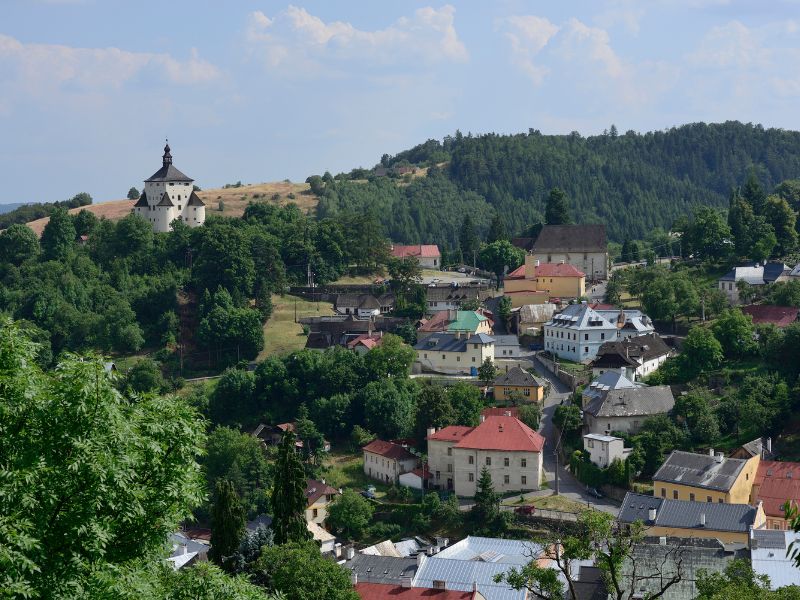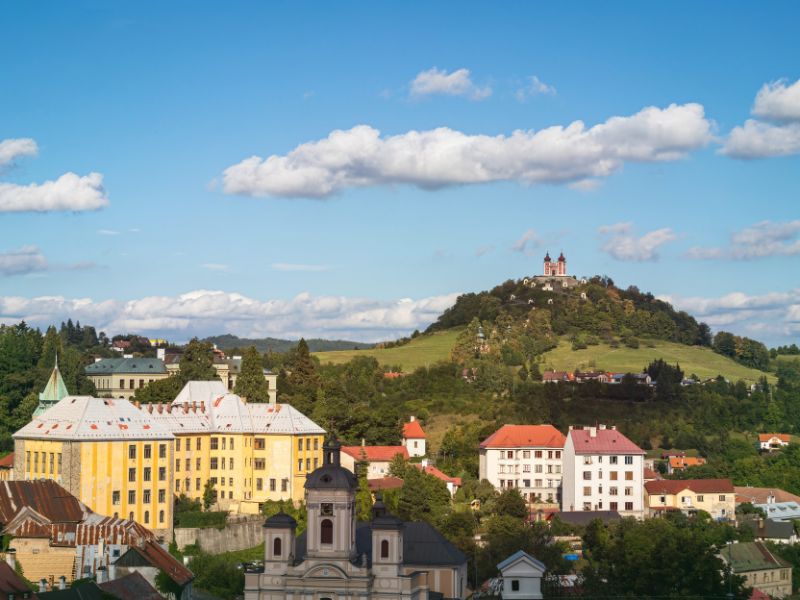
Discover the Unique Town of Banske Štiavnice
Banske Štiavnice is a central Slovakian town right at the center of a massive caldera formed after an ancient volcano collapsed. The caldera with its immense size is called the Štiavnica Mountains. The town managed to preserve its medieval look and feel. Thanks to its historical value, UNESCO proclaimed the town as well as its surrounding area as a World Heritage Site on the 11th of December 1993.
A Glimpse of History
Banske Štiavnice’s fate has a close connection to the exploitation of silver ore which has abundant resources throughout the town. It was during the Neolithic period when the town was first settled based on evidence from excavations.

The Celts founded the initial mining settlement during the 3rd century BC with the Celtic Cotini tribe probably occupying it. The Roman authors talked about the Cotini’s mining activities. The Cotini lived in the area which is currently central Slovakia until their deportation to Pannonia in Rome’s Marcomannic Wars.
The early Hungarians also settled in the site, with an old Hungarian fortified settlement also located in the area during the 10th and 11th centuries. This site was known as terra banensium or the land of minerals ever since 1156.
The local Slavic residents named the settlement in the valley Štiavnica or acidic steam. The settlement located on the hill above, the shiny mountain Glanzenberg or Ligotavá hora, was soon named Bánya or the mine.
Schebnyzbana, the single common name, was first documented in 1255. Skilled German settlers joined the local Slavic population when they arrived during the 13th century. The German settlers adapted the area’s local name to the German term Schemnitz. It was in 1238 when Banske Štiavnice gained a royal town status as among the Kingdom of Hungary’s first towns.
Banská Štiavnica was the primary producer of gold and silver in the Kingdom of Hungary during the High and Late Middle Ageas. The Turks made intensive efforts during the Ottoman Wars to conquer Upper Hungary’s rich mining towns of Banská Bystrica, Banská Štiavnica, and Kremnica.




